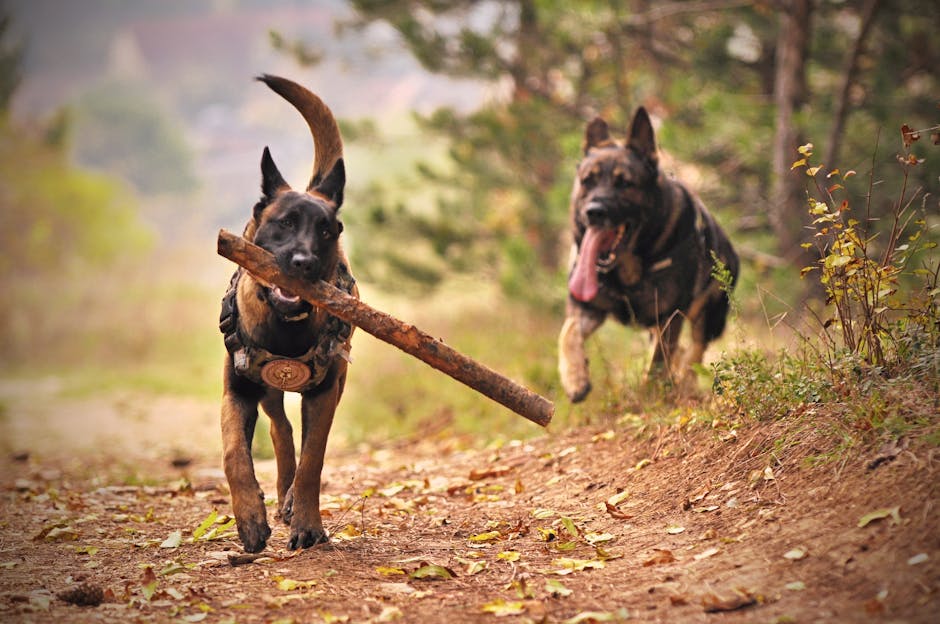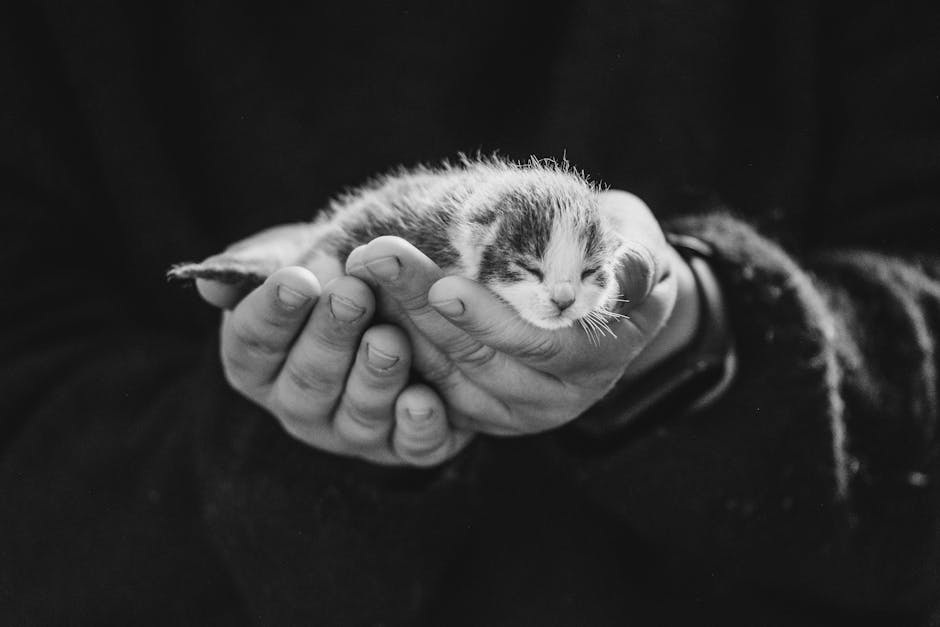The Art of Slow Living with Pets: Unplug and Enhance Training
In our fast-paced world, where multitasking is the norm, the idea of slow living resonates deeply, especially when it comes to our relationships with our pets. Imagine trading the chaos for a moment of serenity, unlocking emotional intelligence and mindfulness in the training process. The art of slow living with pets not only nurtures a healthier bond but also transforms how we approach their care and training. Let’s delve into this enriching perspective and explore actionable pet care and training tips that encourage us to unplug and appreciate the simple joys of pet ownership.
Understanding Slow Living in Pet Care and Training
What is Slow Living?
At its core, slow living is about embracing a lifestyle that prioritizes quality over quantity, mindfulness over speed. It’s a philosophy that invites us to savor everyday moments and foster a deeper connection with ourselves and those around us, including our beloved pets. By slowing down, we can cultivate an environment where animals thrive emotionally and physically. This transition isn't merely about less action; it's about being intentional with each moment spent training or caring for your pet.
Why is Slow Living Important for Pets?
Just like humans, pets can experience anxiety and stress from hectic schedules and overwhelming environments. Slow living allows us to build emotional intelligence in our pets, helping them feel secure, understood, and engaged. It encourages thoughtful training methods that prioritize the well-being of our furry companions, ensuring they can express their emotions and develop meaningful relationships with us and their surroundings.
Mindfulness Techniques for Pet Training
1. The Power of Presence

Mindfulness starts with being fully present. When you interact with your pet, put down your phone, shut off the TV, and focus entirely on them. This allows you to notice small behavior changes and emotional cues, which can enhance your training experience. Try sitting quietly with your pet and observing their behavior: watch how they react to various stimuli and learn to speak their language.
2. Create a Mindful Routine

Developing a routine around pet care that incorporates mindfulness can have profound effects. Start each training session with a moment of breathing, allowing you and your pet to settle down. Think of incorporating short, mindful breaks during training focused on positive reinforcement. For example, reward them with praise or treats after a successful command, but also take a moment to appreciate the bond you are strengthening together.
3. Incorporate Nature

Nature has a remarkable way of grounding us and enhancing our emotional connection with our pets. Take your training sessions outdoors whenever possible; the sounds, scents, and views of nature can create a calming atmosphere. Not only do outdoor experiences provide physical stimulation, but they also foster a sense of exploration and joy for both you and your pet. For additional insights into combining outdoor experiences and training, check out our article on navigating seasonal affective disorder with nature-based solutions.
Training with Emotional Intelligence

1. Understanding Pet Emotions

To genuinely connect with your pet, it’s essential to understand their emotional states. Research suggests that animals experience a range of emotions similar to humans, including joy, fear, and anxiety. By adopting techniques like polyvagal theory, we can better understand our pets' physiological responses and adjust our training strategies accordingly. Discover more about this concept in our guide on understanding your pet's emotions through polyvagal theory.
2. Positive Reinforcement and Attachment

When training an animal, remember that the goal is to foster a lasting bond. Emphasize positive reinforcement rather than punitive measures. Training becomes an enriching learning experience both for you and your pet when you use rewards and praise. Enhance attachment through consistent, emotionally attuned interactions. This approach doesn't just make training effective; it transforms it into a joyful exploration of your pet’s potential.
3. Involving Family in Training

Engaging the whole family in the training process can build a strong communal bond with your pet. Children can learn patience and understanding while caring for pets, and this involvement can promote a supportive atmosphere in which your pet feels loved and secure. Make training sessions a family affair, allowing everyone to take turns and support the animal in uplifting ways.
Enhancing Pet Training with Sensory Enrichment

1. The Power of Sound

Sounds can significantly influence your pet's behavior. Consider incorporating calming music or nature sounds into your routine to help ease anxiety during training. Scientific studies have shown that certain melodies can reduce stress in animals, fostering a better training environment. Explore more about integrating music into your pet’s routine through our article on the soundtrack of training and its impact on pet behavior.
2. Aromatherapy in Pet Care

Aromatherapy can be a powerful tool in enhancing your pet's emotional state during training sessions. Essential oils like lavender have been shown to promote relaxation. Ensure that any oils you use are safe for pets and consult a vet if you’re unsure. Our article on the art of aromatherapy for pets shares more insights into creating a stress-free space through scent.
3. Creating a Sensory Garden

Combine nature and pet enrichment by creating a sensory garden that offers various textures, smells, and sounds. This well-designed space can be used not only for training but as a safe haven for your pet to explore and play freely. A sensory garden enriches your pet’s life and caters to their instinctive curiosity. For inspiration, see our piece on creating a sensory garden for your pet's well-being.
Practical Tips for Unplugging and Deepening the Bond

1. Regular Mindful Walks
Engaging in mindful walks without distractions fosters a deeper bond between you and your pet. Pay attention to the world around you - the smells, sounds, and sights. Allow your pet to slow down and explore their environment fully. Take time to notice their reactions to new stimuli, facilitating a training setting that can maximize behavioral learning.
2. Make Time for Play and Imagination
Play is an essential part of building emotional intelligence. Providing opportunities for imaginative play helps nurture your pet's cognitive development and emotional well-being. Try incorporating narrative play, where you create a story around activities you do together. For ways to enhance your play sessions, check out our article on narrative play and its impact on training bonds.
3. Emphasize Quality Over Quantity
Instead of fitting multiple training sessions into your busy schedule, focus on a few high-quality interactions each day. Allow those moments to be dedicated solely to your pet, fostering a deeper emotional connection and effective training. Even short, focused sessions can yield more significant results than longer, distracted attempts.
Celebrating Progress
1. Acknowledging Small Steps
Recognize and celebrate small victories in your pet’s behavior and response to training. Every little achievement is a building block that contributes to their overall development and strengthens your bond.
2. Reflect on Your Journey Together
Take time to reflect on how far you and your pet have come in your training journey. Document your experiences and progress, and be proud of your joint adventure towards a deeper understanding and love for one another.
3. Train with Compassion
Remember that training is a shared journey of discovery that requires patience and compassion for both you and your pet. There will be ups and downs, but foster a mindset focused on growth, love, and understanding.
Next Steps
As we navigate this beautiful world of pet ownership, embracing the art of slow living can profoundly enrich your relationship with your furry friend. Implementing mindfulness, emotional intelligence, and sensory enrichment into your training routine sets the foundation for a deeper bond. Start small, observing how you and your pet respond to these enriching changes, and remember to celebrate each step, no matter how small. Through this journey, we’ll foster not only well-trained pets but also nurturing relationships steeped in love and authenticity.





